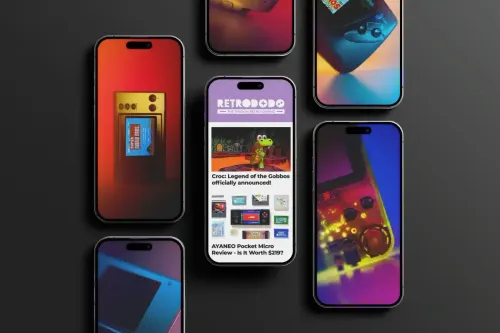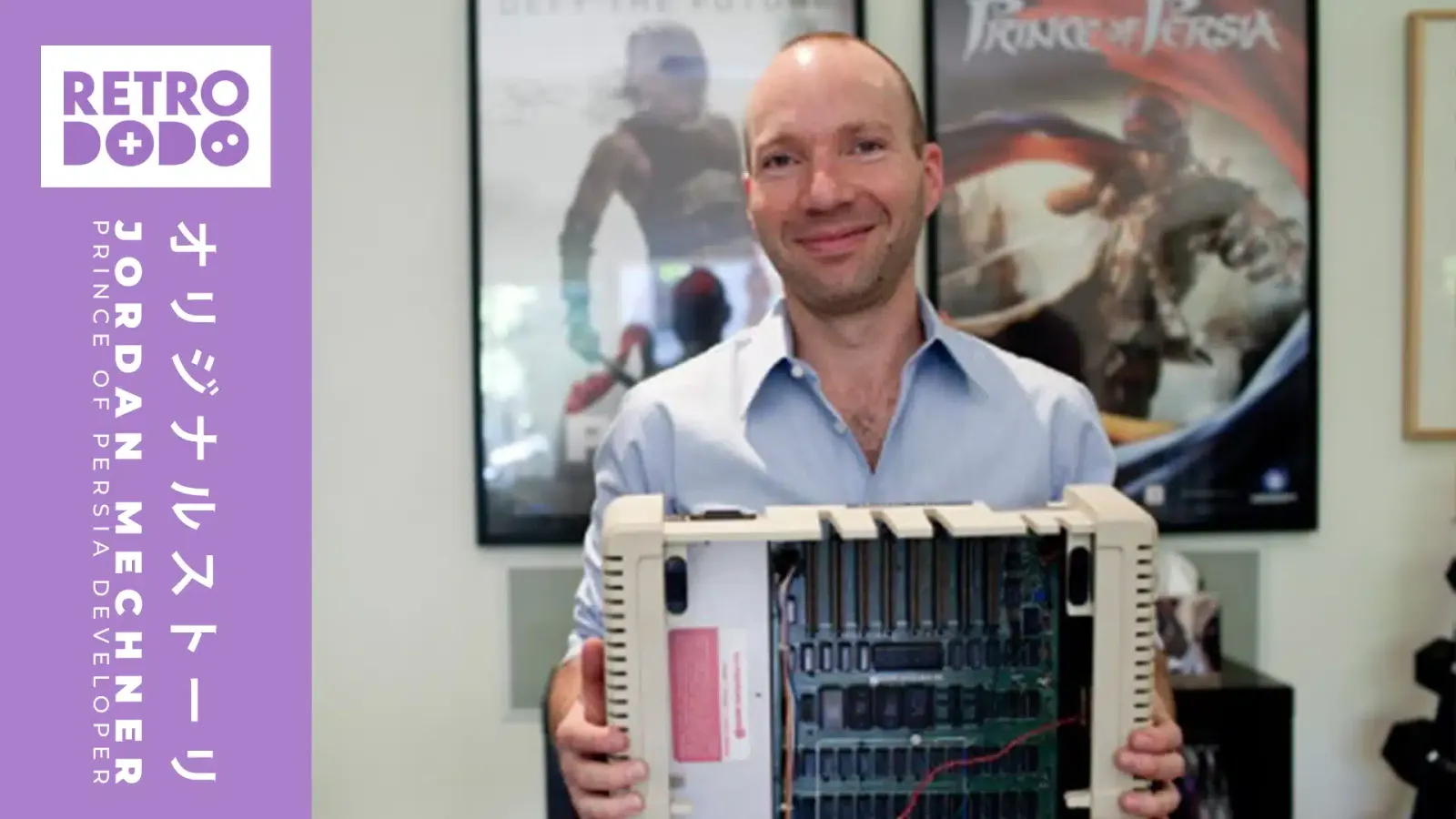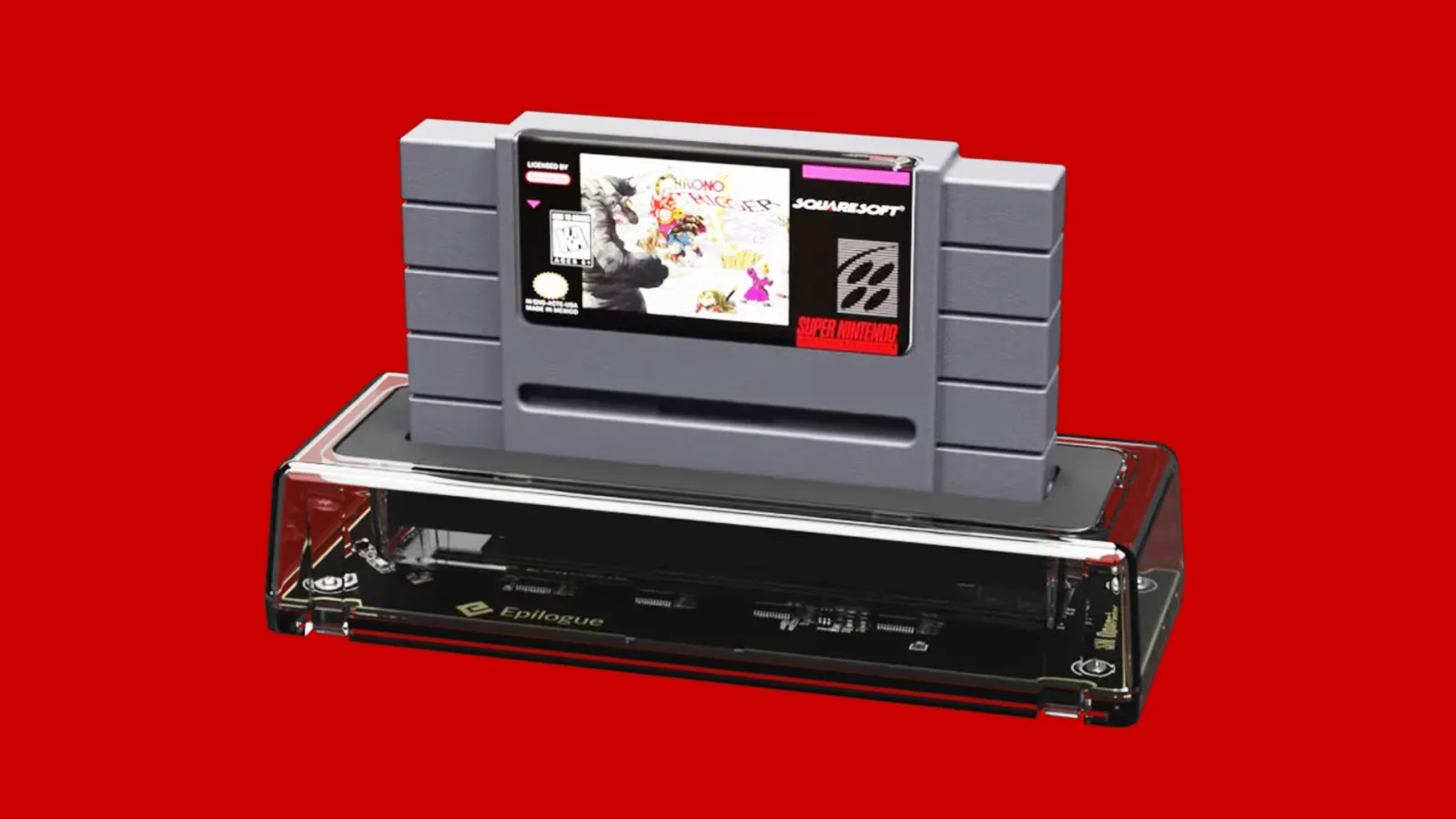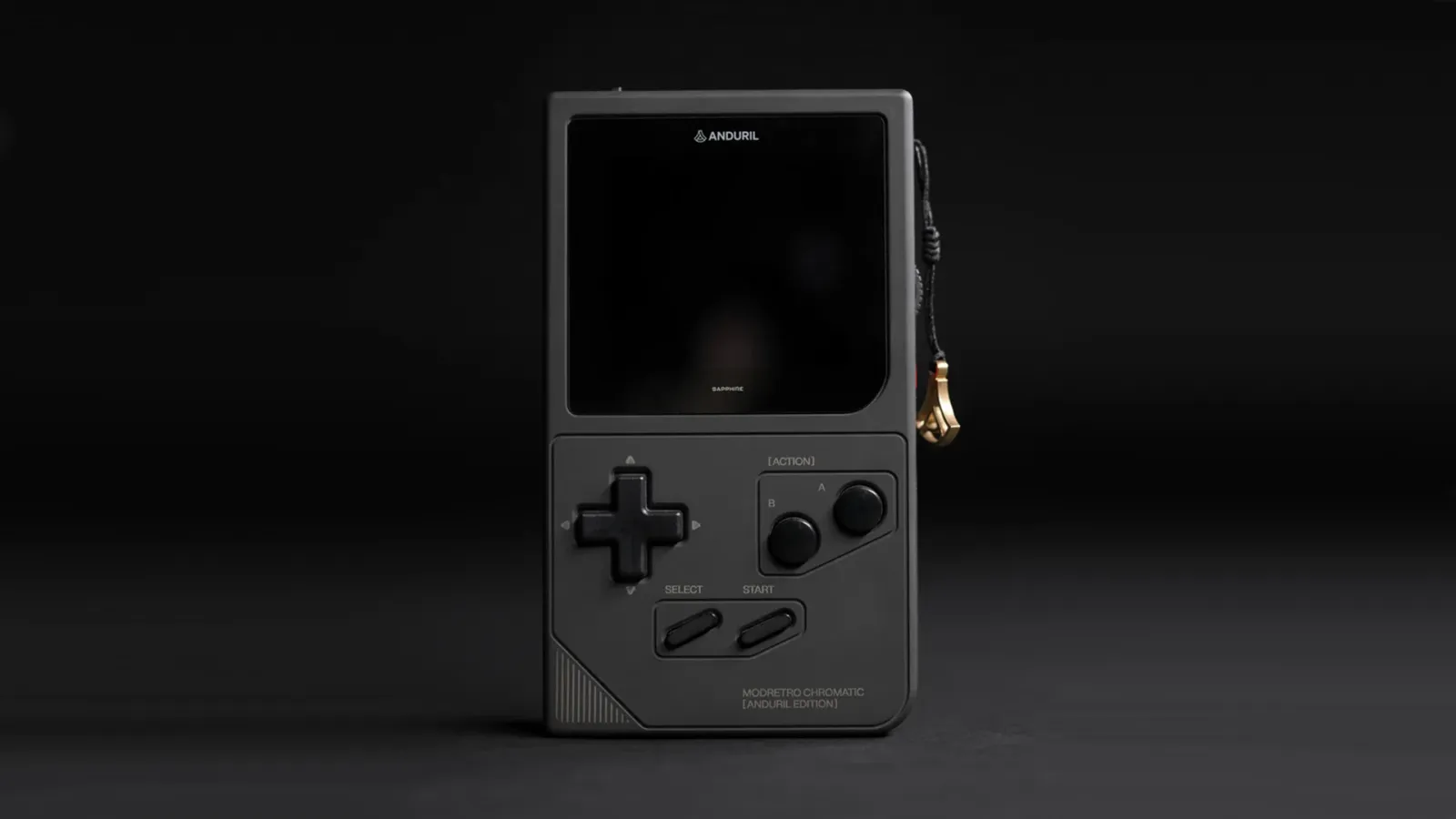One of the things I love the most about my job is getting to chat with the people behind the games and peripherals we use on a daily basis, to find out what their inspiration was for creating certain characters, the need that drove them to invent new accessories, and the stories of the journeys that led them to where they are today.
We had the pleasure of hosting an interview with Jordan Mechner, the legendary gaming developer who created Karateka, The Last Express, and The Prince of Persia, as well as being the Executive Producer of the Hollywood motion picture starring Jake Gyllenhaal. We spoke to Jordan about video game design in the late 70s/early 80s, moving to America, hotdesking at Brøderbund, working with the Apple II, and much more!
What follows is a short selection of snippets taken from our hour-long Podcast record, the full episode of which you can listen to at the end of this article! If you love game design, Jordan’s early work, or the Prince of Persia franchise, then give it a listen to find out about Jordan’s work as a film producer, working to create soundtracks on early computer games, and much, much more, including Jordan talking about a cancelled project that he worked on with some of the team behind Prince of Persia: The Lost Crown!
Getting To Know Jordan Mechner
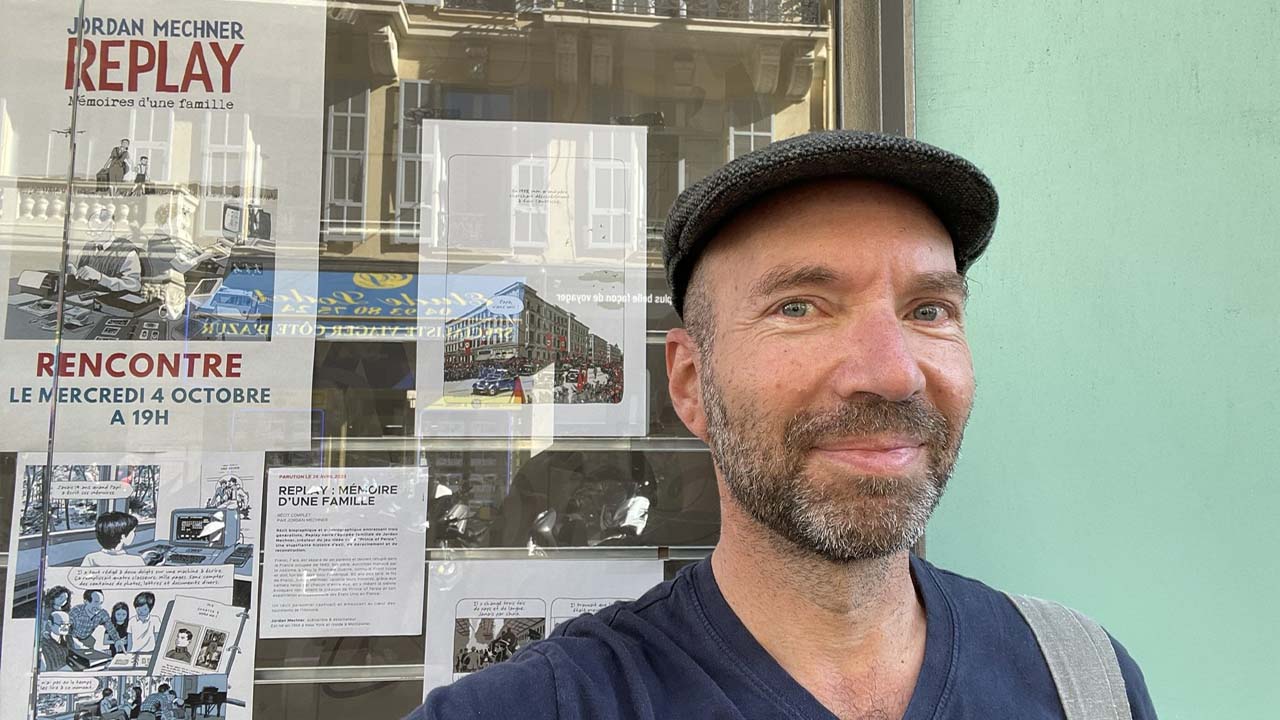
RD: Thank you for joining us, Jordan. Now I know we know your history, but I was wondering if you could give us a brief introduction to what you’ve done in the past and more specifically, some of the games you’ve developed for our audience as I’m sure many people on the podcast have heard of your games.
JM: Sure! I started making games on the Apple II back in the late 70s, and early 80s. My first published game was Karateka, published by Brøderbund. It was a karate fighting game, followed by Prince of Persia in 1989, which also released first on the Apple II. After that, I shifted into more of a directorial role on ports and subsequent games. Prince of Persia, The Shadow and the Flame, also from Broderbund, and then The Last Express, a point-and-click adventure game set on the Orient Express in 1914, which released in 1997.
JM: Then I worked with Ubisoft to relaunch Prince of Persia with the Sands of Time with the Montreal Studio in 2003. I went back to Los Angeles where I worked as a screenwriter on the movie, which released in 2010, the Jerry Bruckheimer film adaptation of the Ubisoft video game based on the old Apple II game. Now I live in France, in Montpellier, where I’m mostly writing graphic novels.”
Replay: A Memoir Of An Uprooted Family
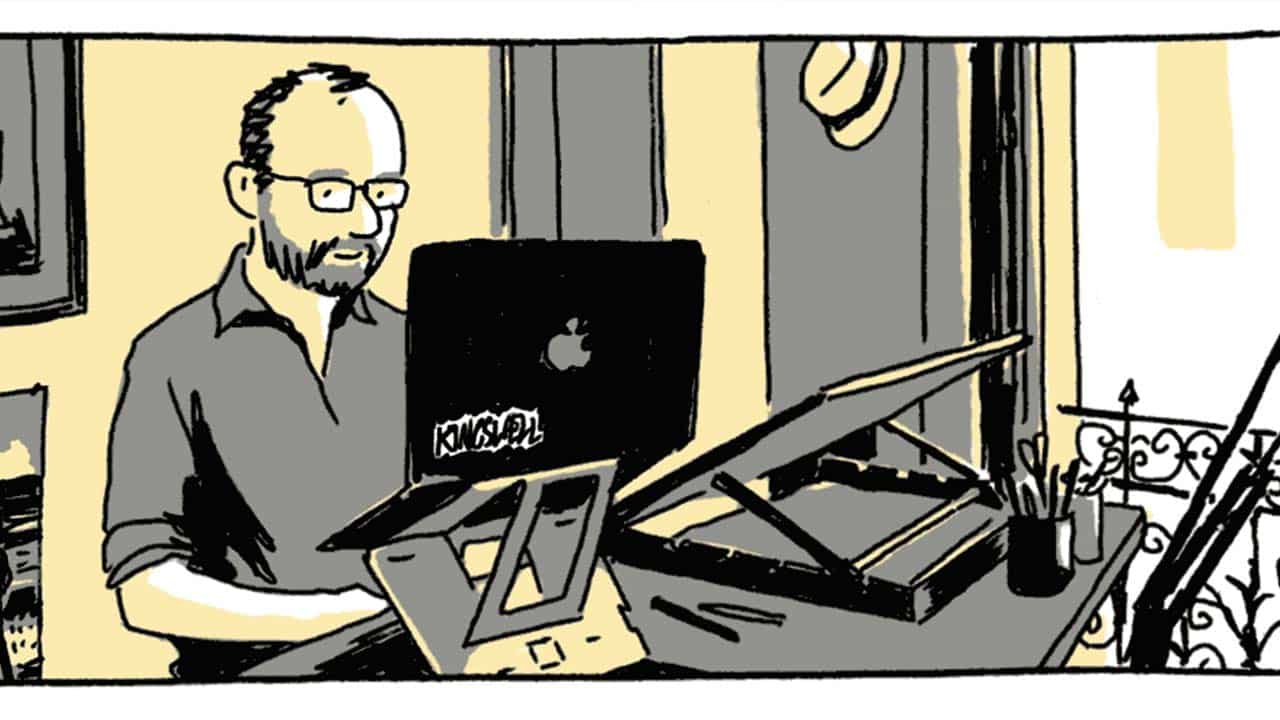
RD: Now, before we get lost in game design, let’s chat about your new autobiographical graphic novel ‘Replay’ because the story is incredibly exciting and is an unusual concept that we’ve not come across before.
JM: Replay [is] a memoir of an uprooted family, which is a memoir of my 40-year career in video games and screenwriting. But it’s also the story of two generations of my family intertwined. My dad who composed the music for Prince of Persia and Karateka, and my brother who served as the model for the rotoscoped animations, appear in this book.
JM: Their stories are intertwined with mine. My dad, by the way, was a child refugee in occupied France during the Second World War. And so as an American, I’ve come back now to live in the country, which happens to be where he spent those key years of his childhood.”
RD: Incredible. When’s the graphic novel out?
JM: So Replay is out now in English from First Second Books and St. Martin’s Press. You can get it in the UK and US and other countries. It’s out in French from Delcourt, which is a French graphic novel publisher. A Spanish edition will be coming later this year, and other languages, I hope to follow.”
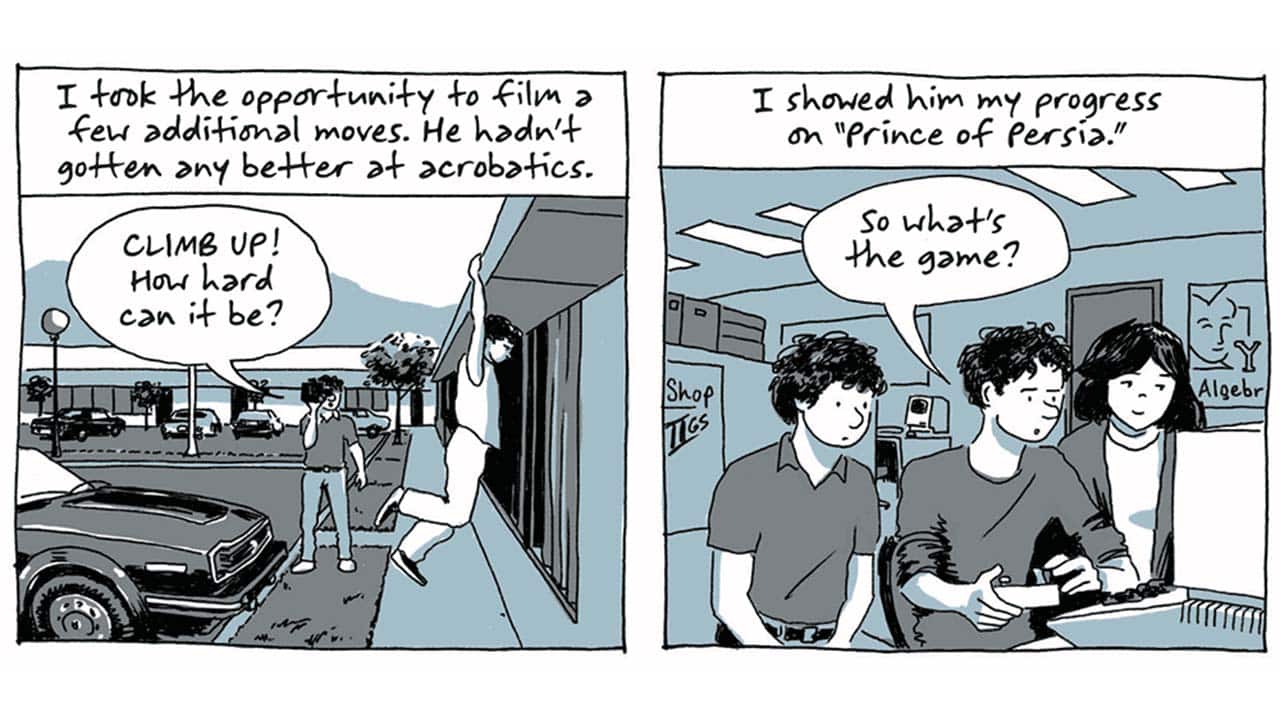
RD: Where did you get the inspiration for the design of Replay? For people who haven’t seen the book yet, there are different colour-coded timelines that keep you incredibly hooked as you read, timelines that all link cleverly and creative a driving narrative that we find very hard to put down.
JM: One movie that inspired me a lot as a model was The Godfather Part Two. I don’t know if you’ve seen it. The first Godfather movie is, of course, a masterpiece, which tells the story of the passing of the torch. It’s a father-son story about a crime family. But then the sequel, The Godfather, part two, is in a way, it’s more ambitious and almost more philosophical. It tells the story of the previous generation, that is of the godfather when he was a child, and then as an immigrant before he becomes the godfather.
JM: And then it’s the story of his son, Michael, played by Al Pacino after the first movie, like in the 50s when his own family is starting to fall apart. And it’s actually a very sad story because it’s the story of the rise and fall of a crime family. And I guess one of the morals that Coppola wanted to get across is that crime doesn’t pay ultimately, that it kind of destroys the…Even if it feels like you’re getting away with it, it ultimately destroys… The criminal code also destroys the family from within. But what’s great about Godfather Part 2 is the way it goes… It transitions seamlessly between those timelines. And every time it does it at a moment when… like, you’re happy to have the movie transition and you feel like it’s just telling you… just at a moment when you’re feeling kind of moved and there’s suspense in the timeline that you’re in, instead of continuing, it goes to the past or the future and that just somehow adds a whole other layer of meaning. And then the rhythm of the movie is great. You see the echoes, the parallels, the irony between the two timelines.
JD: And I felt like Godfather was one of actually very few movies that do that well. I could list 10 other movies that tried to do the same thing, but it didn’t really work for me. So I looked at that as an inspiration for Replay and the way that I hoped that it would work.”
The Making Of Karateka
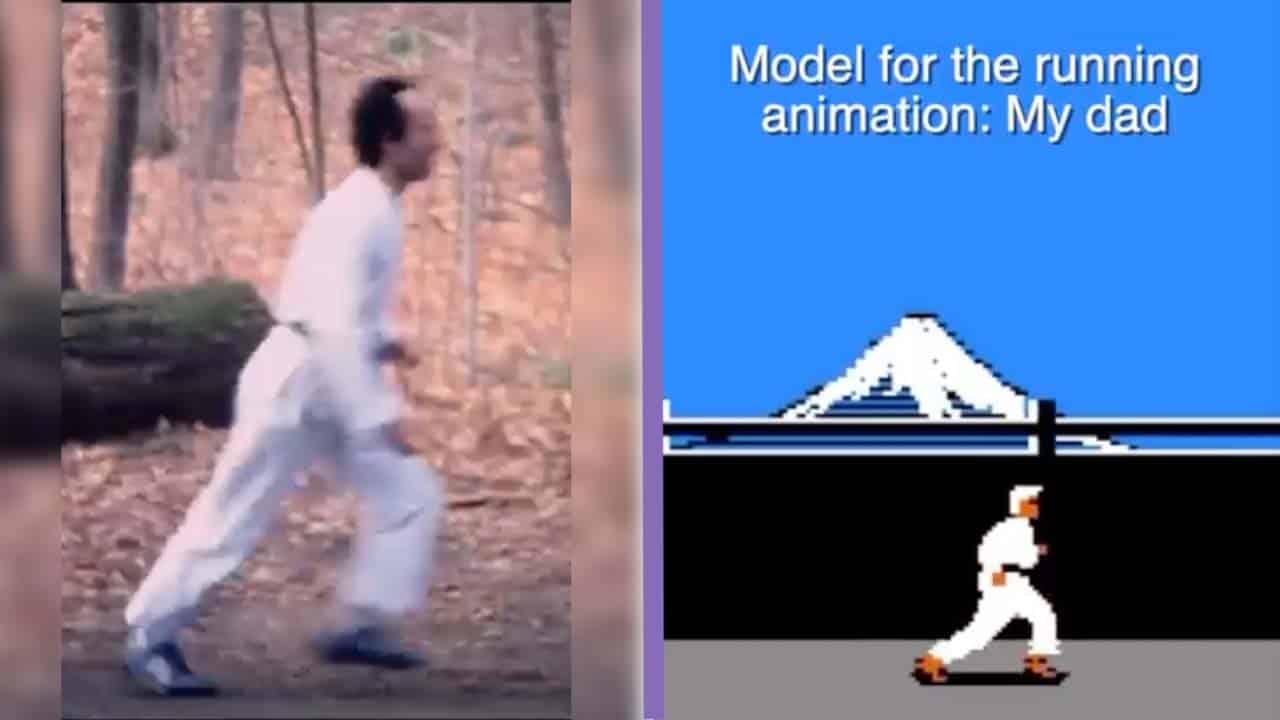
RD: Let’s take it back to Karateka, because that’s an incredible game. It was made before our time; what was it like developing a video game on the Apple II?
JM: Well, one thing is that there were no tools yet. So today, even as an indie game developer, we have a choice of an incredible variety of tools, environments to program in, all those things. But there was nothing like Unity or Adobe Premiere on the Apple II.
JM: To make a game like Karateka, first I had to make the tools to make it, which starts with the graphics routines to actually put a shape, a sprite up on the screen. You have to actually program the computer to find how you want to describe the shape. In my case, it was a series of bytes in memory, and then to blast those bytes to the screen at a particular X and Y coordinate.”
JM: But it also tells the story of the making of Karateka. And really, that whole period of my life, of my first Apple II games, even an unpublished game that I made before Karateka called Deathbounce, which I submitted to Broderbund in 1982. They ended up not publishing it, but Digital Eclipse included all of the builds of Deathbounce. You can actually see how the game evolves and you can see how Karateka evolves. And the tools that I use, they’ve got video interviews with my dad and me talking about the music. They’ve interviewed other game developers about their experiences with Karateka and they’ve got something called a rotoscope theater, where you can actually take the…
JM: Because I filmed my dad on Super 8 film. And then frame by frame on tracing paper with a pencil, I traced the silhouette of each film frame and then used something called a VersaWriter, a 1980s Apple II device, which I drew a picture of it in Replay in the graphic novel. You can see what it looked like; it looks sort of like an architect’s pantograph.
Creating The Prince Of Persia
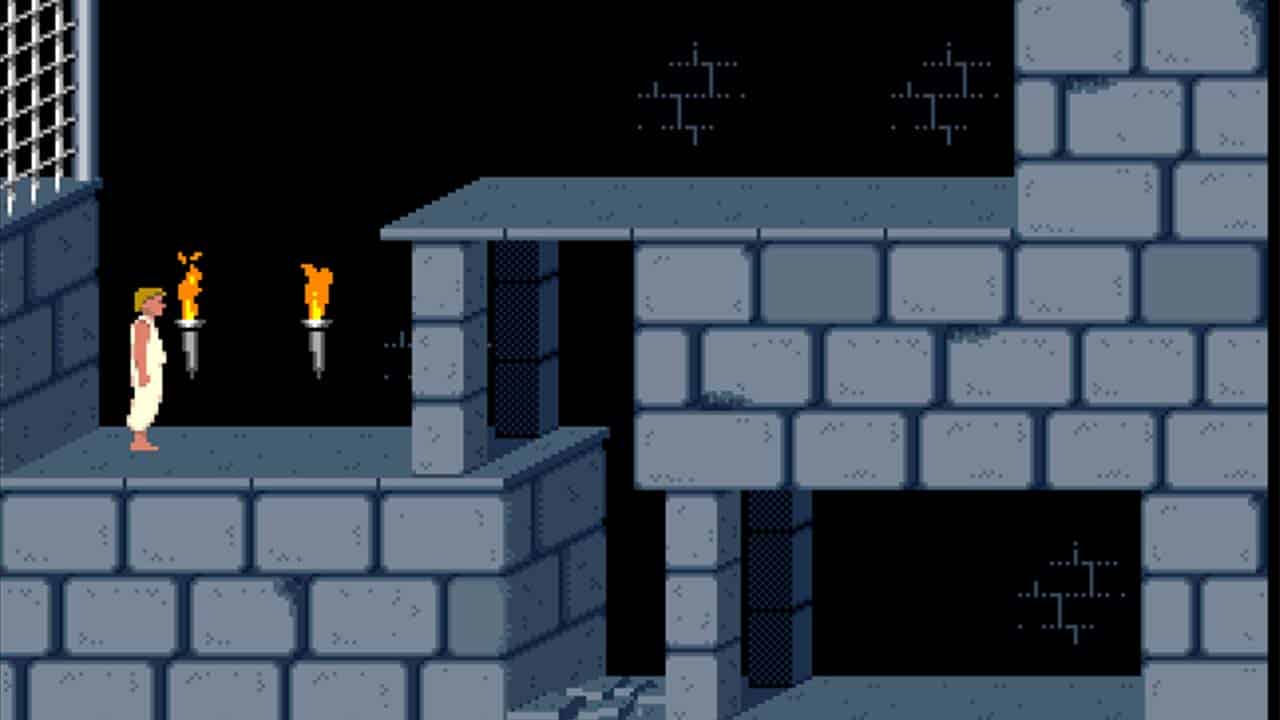
RD: What gave you the inspiration for the Prince of Persia? I know you roughly go over it in Replay, but for our readers who haven’t read it yet, what was the inspiration there?
JM: Well, in 1985, when I had just graduated from college and had just published my first game, Karateka, you know, I, the games that I had really enjoyed playing up to that point, you know, included Lode Runner, you know, The Castles of Dr. Creep, you know, platform games. And because Karateka had had smooth animation and had been successful and really well received, my kind of, my elevator pitch for Prince of Persia was, what about a platform game like The Castles of Dr. Creep, you know, with pressure plates and switches that will open and close doors. You have to kind of figure out how to get through the level but with smooth animation like Karateka.
JM: So I thought I would use rotoscoped animation again, you know, as I had with Karateka. This time I chose my brother, David, who was 15 years old at the time, as the model, and had him run and jump and climb and do all those things that I thought the character would need to do in the game, and then started to map that animation into a 3 by 10 modular environment. So the gameplay was, like I had a clear idea for the gameplay to that extent.
JM: As far as the story, I had been inspired by movies like The Thief of Baghdad, which was the sort of 1001 Nights, a world of evil viziers and princesses and castles and flying carpets and things like that. So that plus the platform gameplay, the running, jumping, climbing, and of course, the first 10 minutes of Raiders of the Lost Ark, the first Indiana Jones movie, which came out the summer after I graduated from high school. And I think, like everyone, I had been really blown away by that movie.”
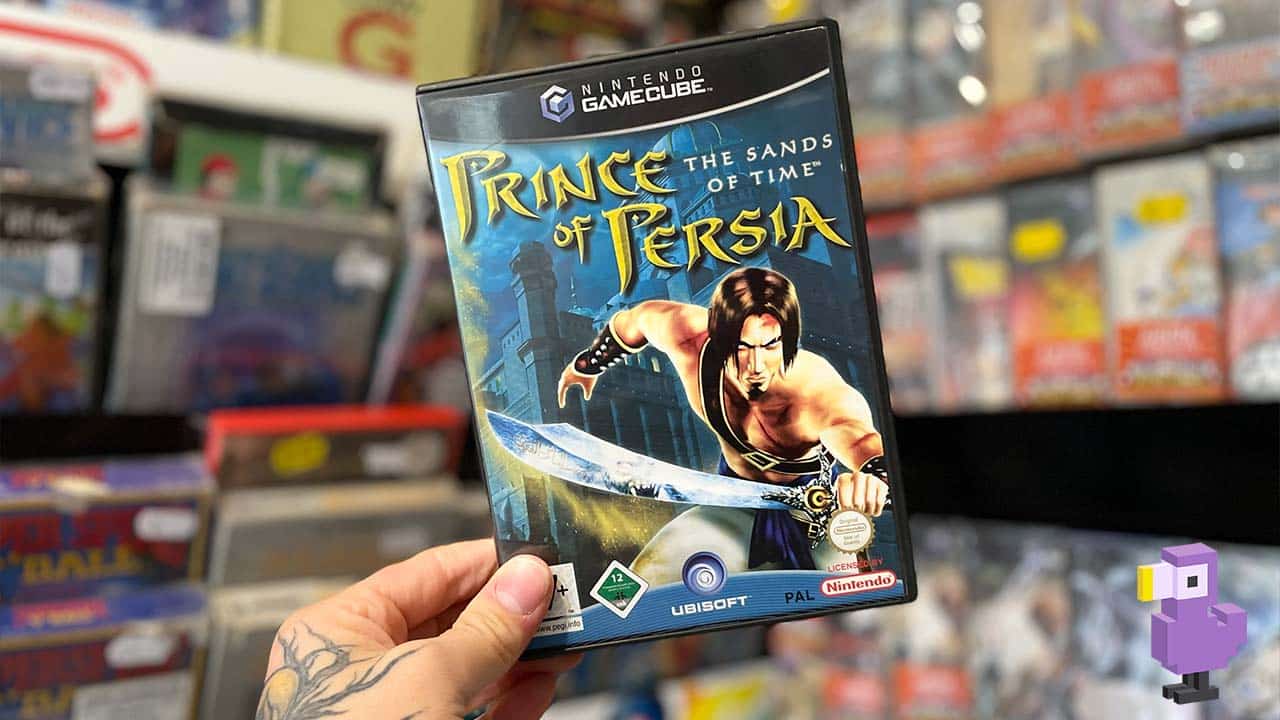
RD: Are you still finding those limitations now with tech? You want to do things, but the software isn’t there.
JM: Well, of course, the technology is constantly advancing. So a state-of-the-art game is often going to push the envelope in at least some ways and do things that haven’t been done before. When we did Sands of Time, for the PlayStation 2 generation of consoles starting in 2002, one of the things that the team found a way to do that hadn’t been done was the rewind. That you could press a button on the controller and it would rewind your gameplay.
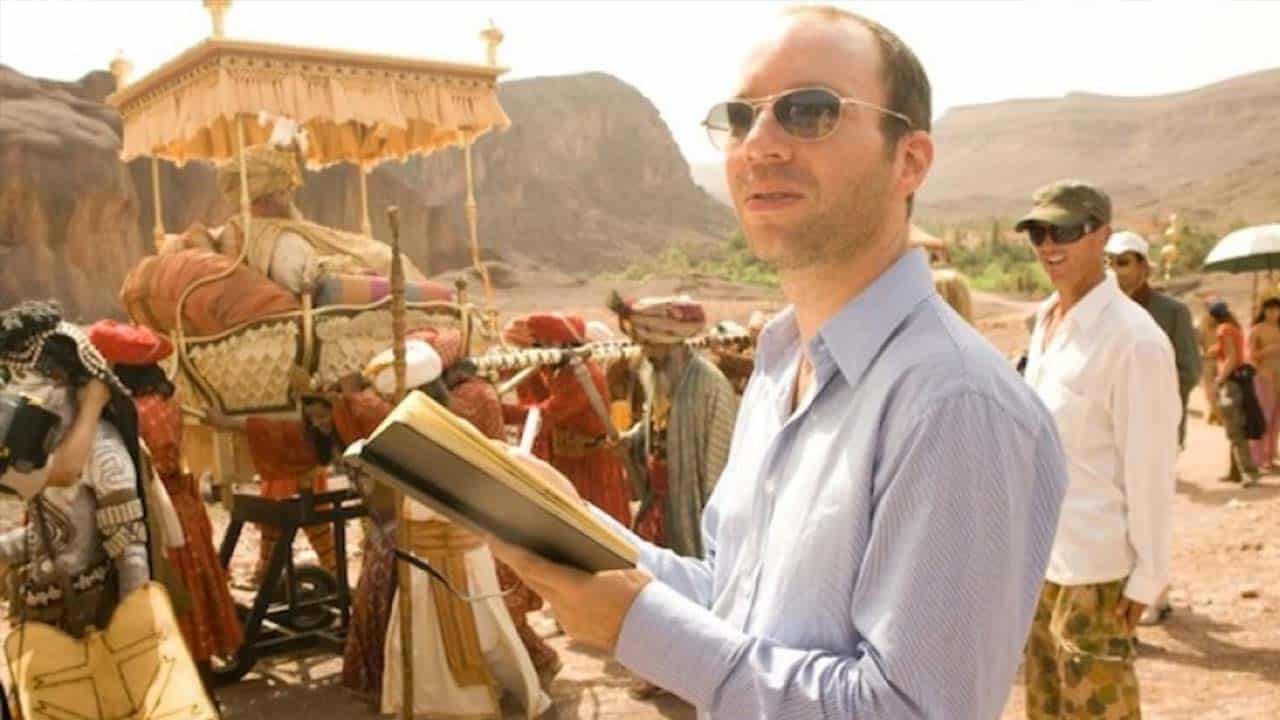
RD: We love that game so much. If we could tell you the amount of hours we put into that game as kids. If we only knew we would be speaking to you in the future back when we were playing that game! It’s a phenomenal title.”
JM: Thanks. And I would have been happy to hear that. And I could have told the team and they would have been reassured, too, because we were all hoping, you know, that the game would be a success and that people would play it.”
Thoughts On Where The Prince Is Heading
RD: The last question from us – what are your thoughts on where the series is going with The Lost Crown? Have you had any kind of input into that or are you a bit hands-off from that one?
JM: I’ve really enjoyed The Lost Crown. For me, the team did a very smart job of drawing from past Prince of Persia games, the 2D games, but also The Sands of Time and also the 2008 Cell Shaded game with Elica. It’s interesting; Prince of Persia has had so many different approaches over the years that depending what age you are and which game you played first, Prince of Persia means different things to different people.
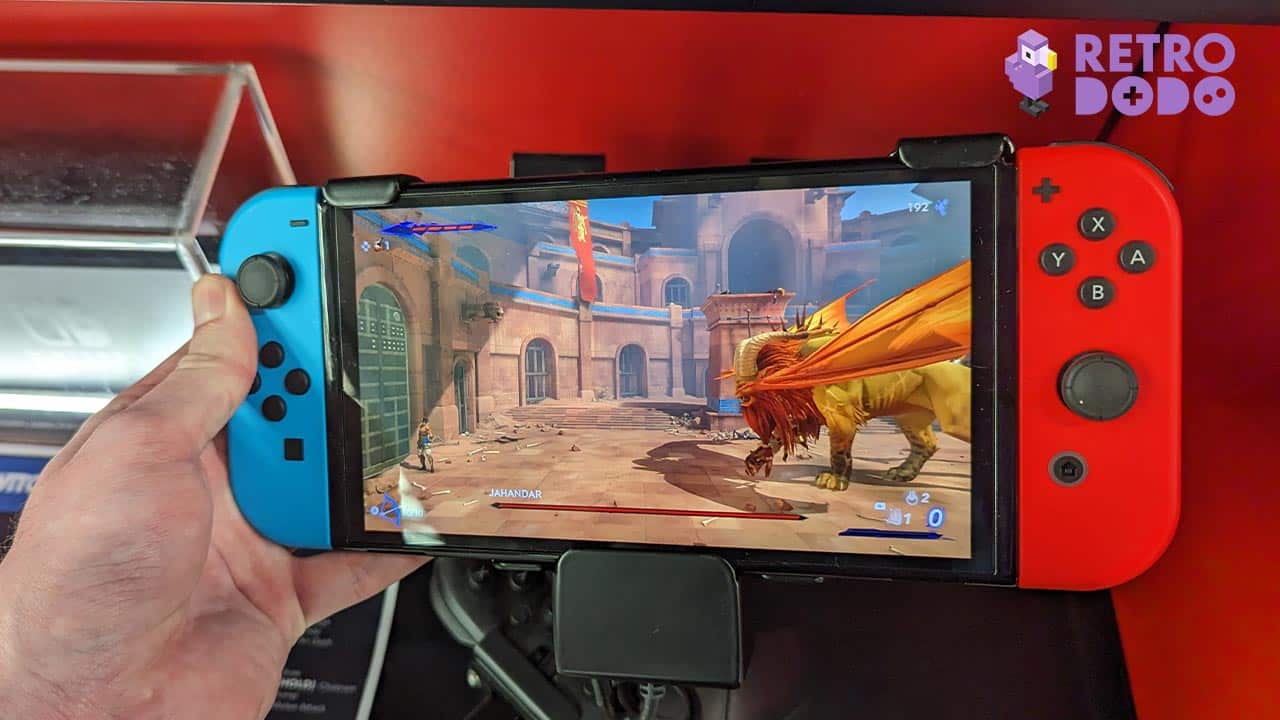
JM: For young gamers today, maybe some of them are too young to have played any of the previous Prince of Persia’s, but they may have seen the movie or not even. So I think the team, it’s clearly a Prince of Persia game… like, you just recognize it from the start, but it’s also very original. It’s a new kind of 2D gameplay.” I’m actually not like a big Metroidvania player and I’m not very good at combat as a gamer, but I’m enjoying, really enjoying this one. No, I’m not part of the team on The Lost Crown, but I know the team because the game was developed right here in Montpellier, where I live. I’m just really happy that it worked out and that this great team in Montpellier was able to get to make the lost crown of it. And now I’m enjoying playing it.
Thanks very much to Jordan Mechner for joining us on the Retrospect Podcast for an interview about his gaming career and his new book Replay. Head to Jordan’s website to take a deep dive into his past projects and discover what he’s currently working on, and check out the full podcast episode of our interview with Jordan below!

